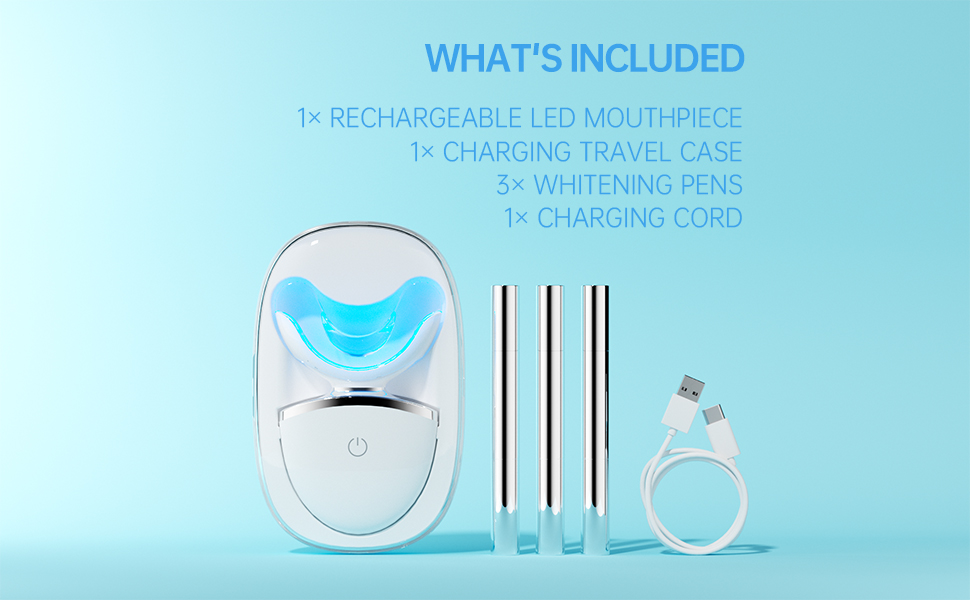When a customer’s Chicago dental toothbrush fails—especially a powered model sold through clinics or retailers—speedy, reliable repair options protect brand trust and preserve lifetime value. For B2B manufacturers and retail partners, offering clear, fast Chicago downtown repair pathways (swap, depot, in-store, and on-site) reduces churn and warranty cost. Below are six practical dimensions—process, channels, diagnostics, inventory, economics, and KPIs—to design a fast-repair program that actually works in a dense urban market like downtown Chicago.
First, define an easy-to-understand promise at point of sale and online. For example:
Transition words matter here: first define the tiers, then publish clear eligibility (warranty window, proof of purchase) and step-by-step claim flow on the product page and receipts so customers know exactly how a Chicago dental toothbrush problem gets resolved downtown.
Next, place capacity where customers are: downtown foot traffic and clinic referral corridors. Recommended options:
Thus, by distributing repair capability across the urban footprint, you convert a broken device into a quick loyalty moment. Company web:https://www.powsmart.com/product/electric-toothbrush/
Moreover, speed depends on diagnostic clarity. Implement a 3-step triage engine:
Consequently, a Chicago downtown repair ticket spends less time in limbo and more time being repaired or swapped.
-1.jpg)
.jpg)
Additionally, you must design the product and supply chain for fast throughput:
Hence, modularity plus local spare stock turns downtown touchpoints into high-velocity repair centers.
Furthermore, protect margins while maintaining customer satisfaction:
Thus, you keep the program sustainable while offering genuinely fast Chicago downtown repair options.
Finally, instrument the program and iterate: core KPIs should include:
Moreover, run weekly repair-cause reports to feed engineering: recurring issues (head spline wear, charge port failure) must trigger design or supplier actions—closing the loop between downtown service data and product improvements.
To build a fast, reliable Chicago downtown repair ecosystem for your Chicago dental toothbrush line, act on these steps now:
If you’d like, I can draft an operational playbook (POS script, triage checklist, spare parts BOM, RMA template, and KPI dashboard) tailored to your Chicago distribution footprint so you can launch a downtown repair program in 60 days.
.jpg)
sonic electric toothbrush Chicago

ADA-Certified Electric Toothbrush Suppliers in Chicago – Compliance & Customization
-3-scaled.png)
Are You a Teeth Whitening Kit Manufacturer Serving the Beauty Salon Supply Industry?
electric toothbrush with fast charging OEM

Top Chicago-Based Kids’ Electric Toothbrush Manufacturers for Safe & Fun Designs
.jpg)
Can Chicago Black Friday deals cover Chicago toothbrush repair costs?
.jpg)
Chicago holiday deals on a Chicago subscription toothbrush — worth it?
Best Electric Toothbrush for Kids in Chicago
.jpg)
Which Electric Toothbrush is Best for Kids in Chicago?
.jpg)
How Can Water Flosser Manufacturing Process Create a Truly Eco-Friendly Oral Product?
.jpg)
How Does a Toothbrush with Timer Elevate a Smart Oral Care Device?

Innovating a Whitening Gel Formula for Your Cosmetic Product Development
Chicago Electric Toothbrush Subscription Service
kids electric toothbrush OEM factory
Electric toothbrush with soft bristles wholesale
Rechargeable Oral Care Kit Supplier | Complete OEM/ODM Solutions

electric toothbrush heads Deep Clean

electric toothbrush heads Regular Clean

Private Label Whitening Gel

Customization Teeth Whitening Gel

Electric toothbrush heads Charcoal Infused-Diamond

electric toothbrush heads Charcoal Infuse-Round

electric toothbrush heads Ultra Soft
.jpg)
Florida Electric Toothbrush – Powsmart PTR-C8
whstapp
whstapp
National Toll-Free Service Hotline
+86 755 86238638